INNS Mapper: A new app for citizen scientists
One of the nearly-unavoidable hazards of traditional print production seems to be the way that important details can go out of date almost as soon as the book is published (and this situation has only deteriorated as we’ve started including more and more references to fundamentally ephemeral digital media!)
In the case of my own Pocket Guide to Balsam Bashing (later ebook edition here) the key piece of information was the call to action involving the PlantTracker app. Within just a couple of years, this fantastically useful citizen science tool started going buggy when it was defunded by the Environment Agency, and finally disappeared from view altogether.
Now, the good news is that the Natural Apptitude team behind PlantTracker have launched the new INNS Mapper app and website – complete with lots of the data that citizen scientists like me had loaded onto the previous platform.
Better still, INNS Mapper goes way beyond plants, enabling volunteers to report sightings and management of 62 different INNS, including invertebrates and mammals as well as aquatic and terrestrial plant species.
(Upon close inspection, the reporting options don’t yet map completely to all the species which I discussed with the GB Non-Native Species Secretariat before flagging up in Balsam Bashing – such as the Asian hornet, which recently seems to be establishing a worrying bridgehead in the south of England – but it’s certainly a very good start).
Check out the INNS Mapper website here, and let’s all make the most of this new citizen science data hub to take the fight to invasive non-native species even more effectively from now on.
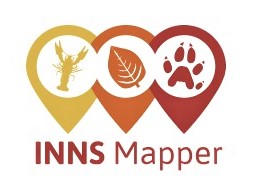
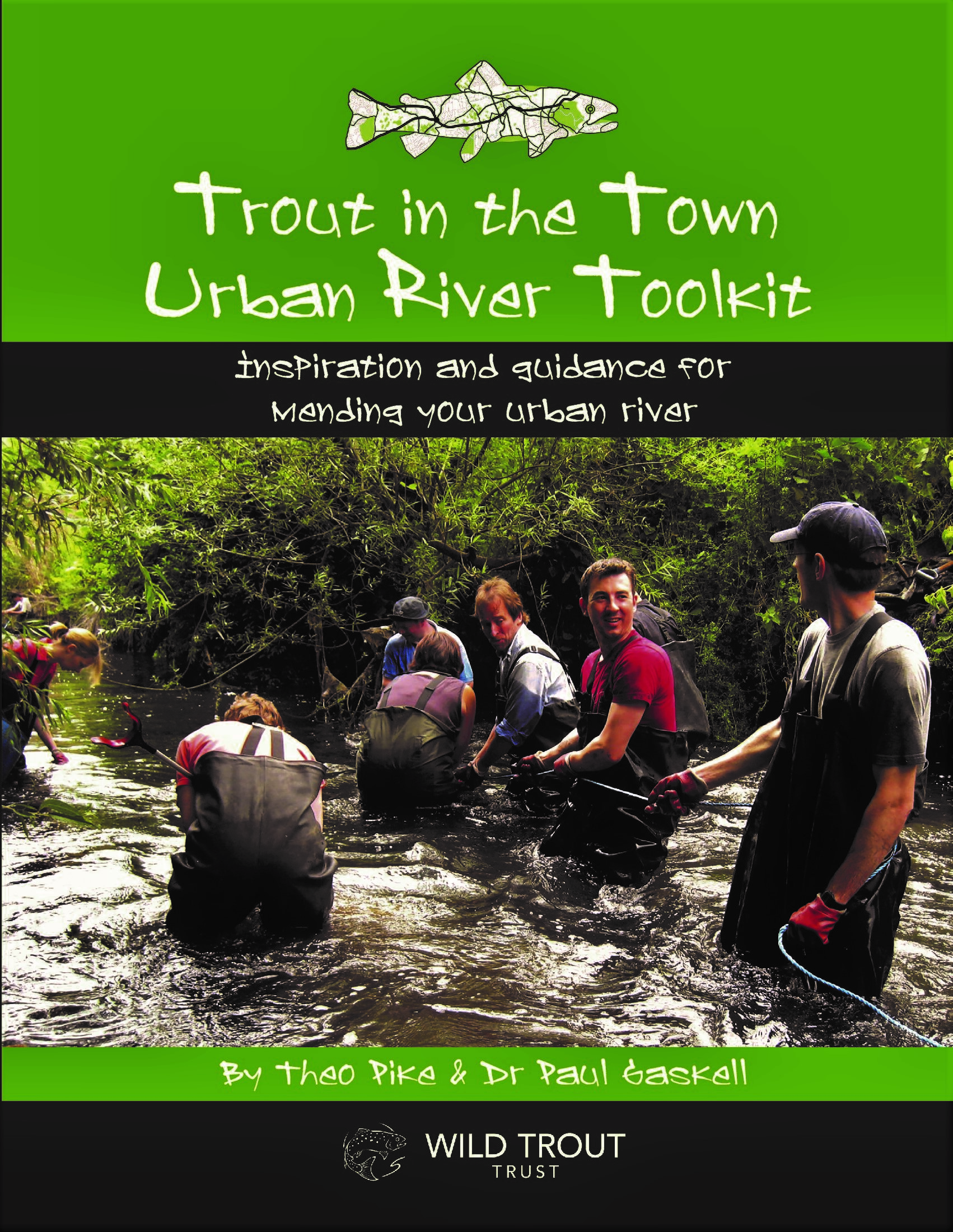
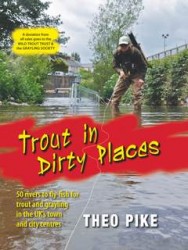
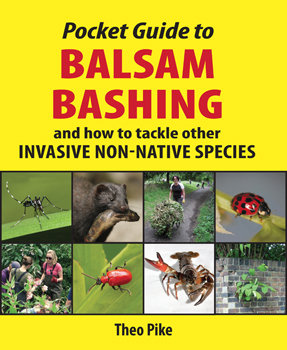
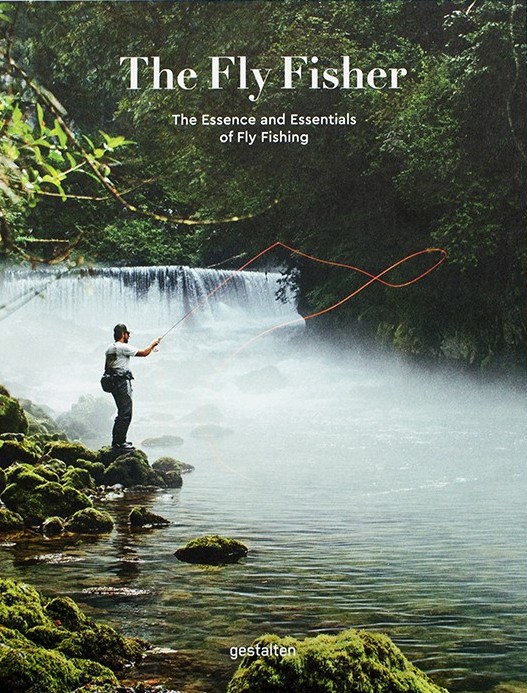
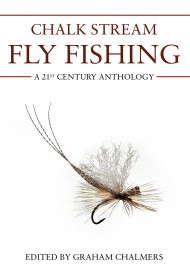
[…] several years since the previously-excellent PlantTracker app fell over, citizen scientists have been making do with iNaturalist and other apps – which allow lots of […]